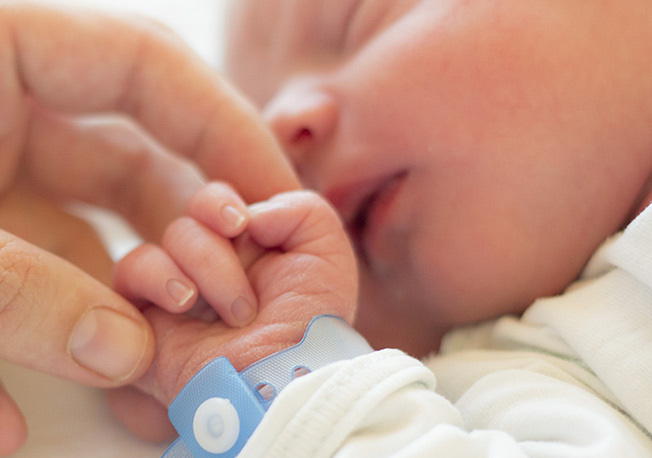
An additional sonogram of your baby, a Biophysical Profile (BPP), may be requested by your healthcare provider. A BPP is performed in the third trimester and may be ordered to address concerns that arise during the course of your pregnancy or if you have experienced problems with a previous pregnancy.
A biophysical profile is a comprehensive picture of your baby's health and well-being. Our advanced technology allows us to evaluate your baby’s movements, breathing, heart rate, and amniotic fluid levels, giving you peace of mind and confidence in your pregnancy. A BPP ultrasound is performed in the third trimester and may be ordered to address concerns that arise during the course of your pregnancy, such as decreased fetal movements, diabetes, high blood pressure, or if you have experienced problems with a previous pregnancy. If the situation arises, trust us to provide you with the highest level of care and insight into your baby’s well-being.
A Biophysical Profile scan aims to provide a measure of your baby's overall wellbeing. A biophysical profile (BPP) score is given based on specific types of fetal activity observed.
Additionally, the baby’s size, position, and rate of growth are determined. As well as the placental structure and blood flow to the baby.
How to prepare for your exam. Read More →